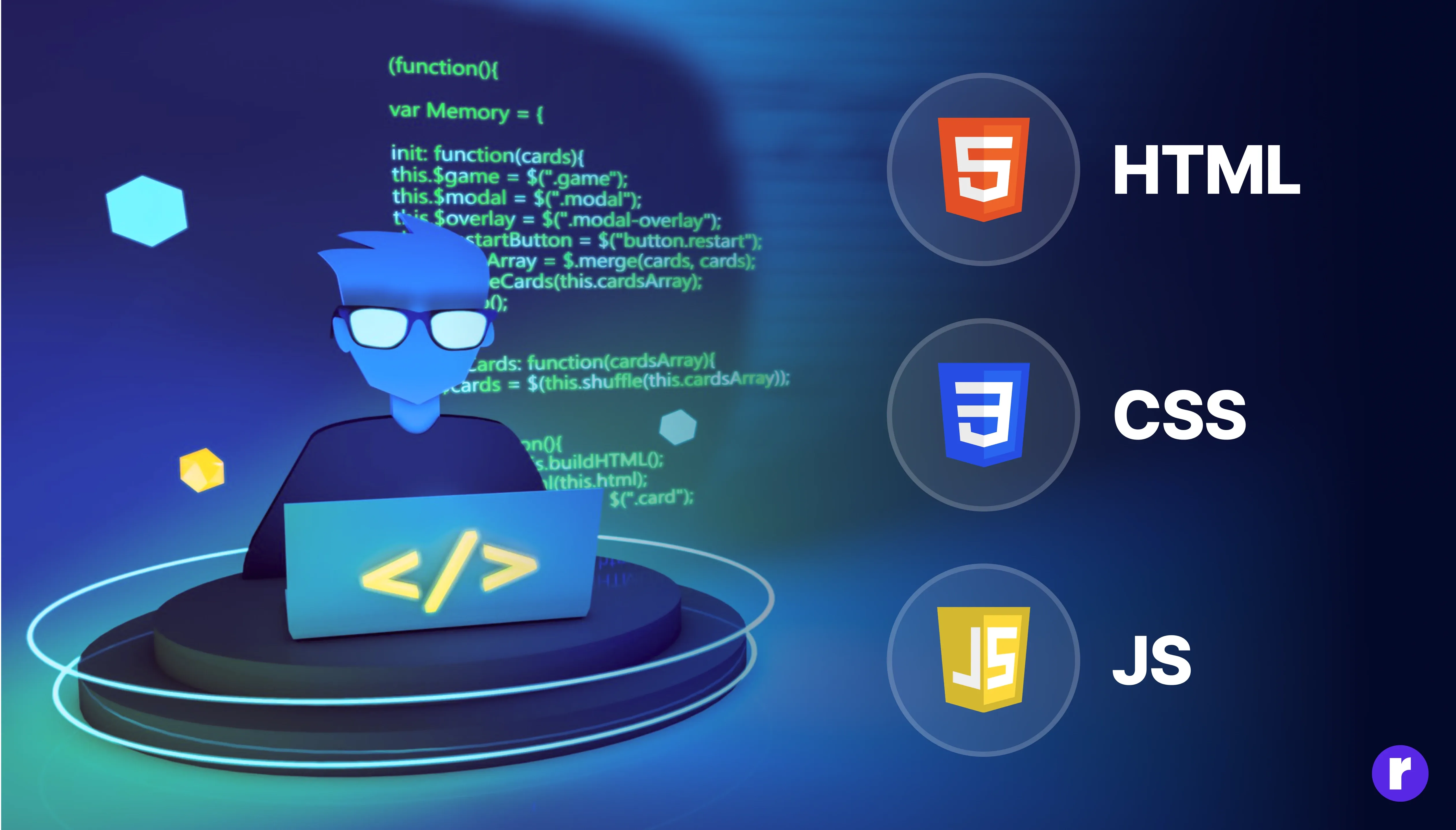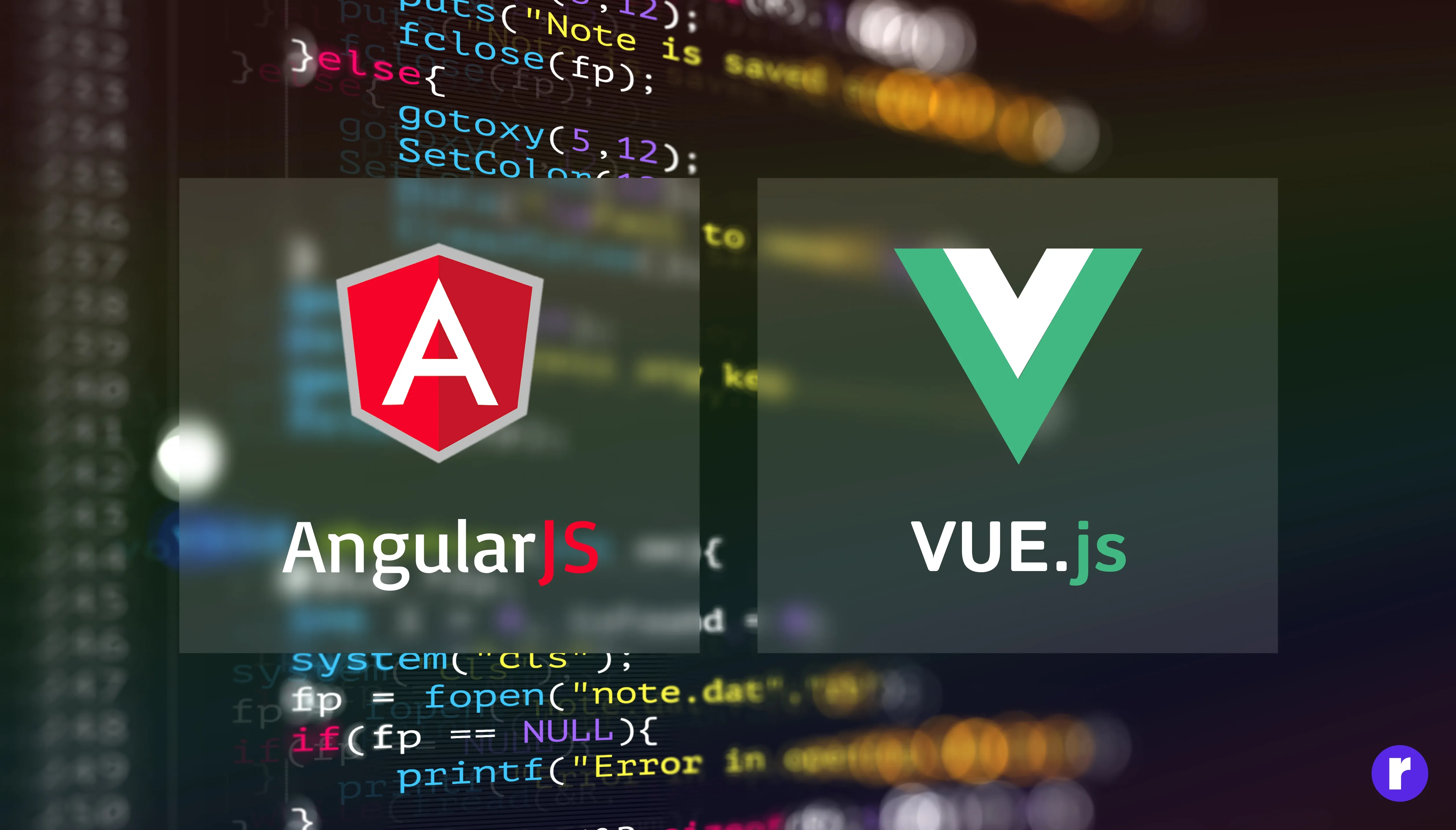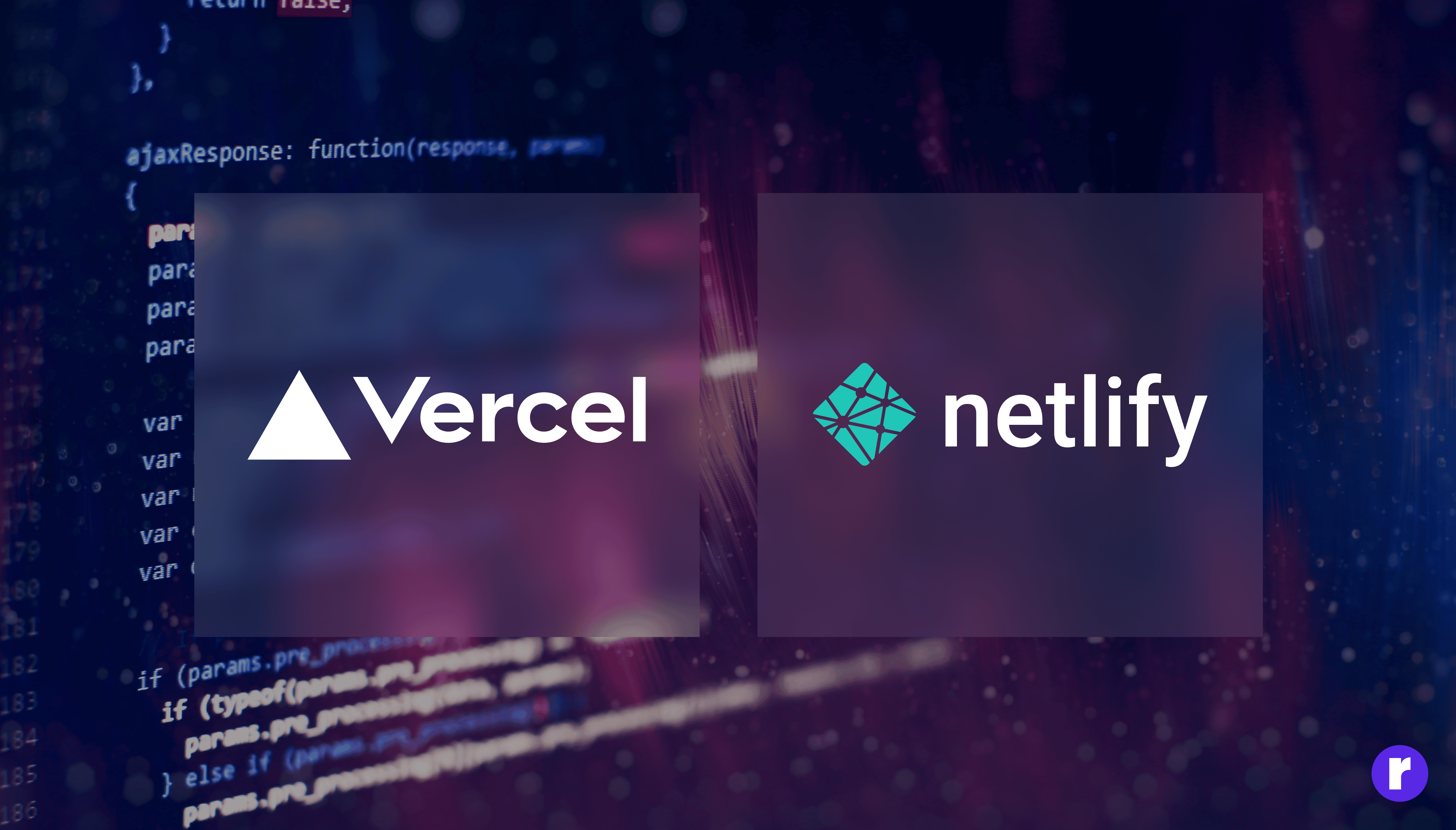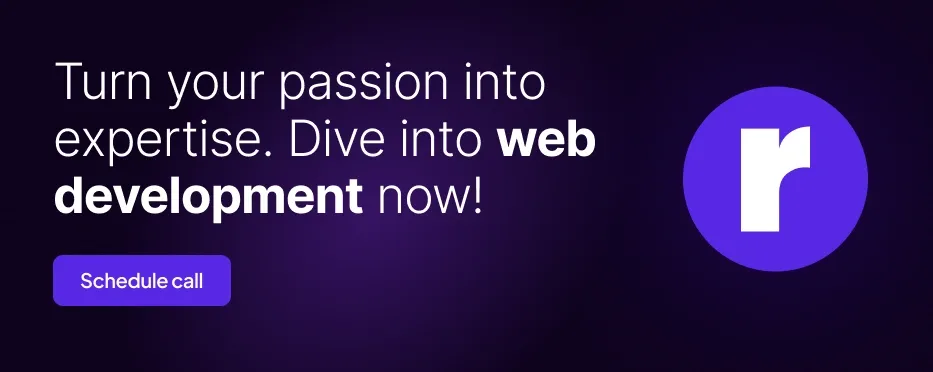Building Your Web Development Skills: A Step-by-Step Learning Approach

Written by
Palvi Tiwari
Front End Developer
Table of contents
Build with Radial Code
Web development is an ever-evolving field with a dynamic mix of creativity and technology. Whether you’re looking to start a career in tech, launch your own projects, or simply expand your skill set, learning web development offers countless opportunities. The journey may seem overwhelming at first, but by breaking it down into clear, actionable steps, you can steadily progress from a beginner to a proficient developer. This guide will walk you through each stage, from mastering the basics to deploying real-world applications.
Step 1: Master the Fundamentals (HTML, CSS, JavaScript)
Web development is anchored by three fundamental technologies: HTML, CSS, and JavaScript. These form the bedrock of every website or web application.

HTML (Hypertext Markup Language):
HTML is the language that defines the structure of a webpage. Think of it as the blueprint that tells the browser how to display content. It’s relatively simple to learn, but crucial for creating well-structured, accessible websites.
- What to Focus On:
- Understanding elements, tags, and attributes.
- The Document Object Model (DOM) and how HTML interacts with it.
- Semantic HTML for accessibility and SEO benefits.
- Resource: MDN Web Docs.
CSS (Cascading Style Sheets):
CSS is what brings your HTML to life, allowing you to add colors, layouts, fonts, and spacing to your website. It is key to ensuring your website is visually appealing and responsive across devices.
- What to Focus On:
- CSS Flexbox and Grid for layout.
- Responsive design principles and media queries.
- Tailwind CSS for utility-first styling to speed up development.
- Resource: Tailwind CSS Documentation
JavaScript:
JavaScript adds interactivity and dynamic features to your website, making it more engaging for users. It enables you to handle user input, manipulate the DOM, and fetch data from APIs, transforming static pages into engaging responsive experiences. Whether you want to handle user input, manipulate the DOM, or fetch data from an API, JavaScript is essential.
- What to Focus On:
- Basic syntax: variables, functions, loops, and conditionals.
- DOM manipulation to dynamically change HTML and CSS.
- Event handling and asynchronous JavaScript (promises, async/await).
- Resource: javascript.info
“Want to learn web development from the basics? visit Radial code
Step 2: Version Control (Git & GitHub)
Once you're comfortable with the basics, learning version control is critical. Git is a tool that helps you track changes in your code, collaborate with others, and roll back to earlier versions if needed. GitHub, on the other hand, is a cloud-based platform that hosts your repositories and helps you collaborate on projects with other developers.
- What to Focus On:
- The basic Git commands: git init, git add, git commit, git push, git pull.
- Branching and merging for feature development.
- Hosting projects on GitHub and collaborating with others.
- Resource: Git Documentation
Step 3: Responsive Web Design
In today's mobile-first world, responsive design is non-negotiable. Your websites need to look great on all devices, whether it's a desktop, tablet, or smartphone. This involves using media queries to adjust your layout and CSS properties depending on the screen size.
- What to Focus On:
- Media queries and breakpoints.
- Fluid grids and flexible images.
- Frameworks like Tailwind CSS to streamline responsive design.
- Build real-world projects like a personal portfolio to practice responsive design.
- Resource: Tailwind CSS responsive design
Step 4: Front-End Frameworks and Libraries
After mastering the core languages, you’ll want to explore front-end frameworks and libraries. These tools simplify the process of building complex user interfaces and managing application state. React is one of the most popular libraries today, offering reusable components and efficient rendering.
React:
React enables the creation of modular components that can be reused throughout various sections of your application, enhancing scalability and maintainability.This approach makes development more scalable and easier to maintain. The concept of state and props in React allows for dynamic, data-driven UIs.

- What to Focus On:
- Components, props, and state management.
- React hooks like useState and useEffect for managing component lifecycle events.
- Building single-page applications (SPAs).
- Resource: react.dev
Vue and Angular (Optional):
While React is a popular choice, exploring other frameworks like Vue.js or Angular can broaden your understanding of different approaches to front-end development. Vue is known for being straightforward, while Angular provides a comprehensive framework right from the start.

- What to Focus On:
- Components, props, and state management.
- React hooks like useState and useEffect for managing component lifecycle events.
- Building single-page applications (SPAs).
- Resource: Vue Documentation, Angular Documentation
Step 5: APIs and Asynchronous JavaScript
APIs (Application Programming Interfaces) allow your application to communicate with external services, fetch data, and even send user-generated data to a server. Whether you're fetching data from a weather service or interacting with a custom API, asynchronous JavaScript is key to handling these requests.
- What to Focus On:
- Fetching data with the Fetch API or Axios.
- Asynchronous programming with async/await and Promises.
- Error handling and ensuring smooth user experiences.
- Resource: MDN Fetch API
Step 6: Back-End Basics
While front-end development gets a lot of attention, understanding the back-end is crucial for full-stack development. Node.js is a JavaScript runtime that lets you build server-side applications, while Express is a minimal framework that simplifies creating RESTful APIs.

Node.js and Express:
Learning how to set up a server, handle routes, and connect to a database will give you the tools you need to develop full-fledged web applications.
- What to Focus On:
- Setting up a Node.js server with Express.
- Creating RESTful APIs to handle requests and send responses.
- Connecting your server to a database like MongoDB or PostgreSQL.
- Resource: Node.js Documentation
Step 7: Version Control and Deployment
Once you’ve built your project, it’s time to make it accessible to the world. Deployment platforms like Vercel, Netlify, and Heroku allow you to host your projects easily. Understanding deployment is an essential step in bringing your applications to life.

Node.js and Express:
Learning how to set up a server, handle routes, and connect to a database will give you the tools you need to develop full-fledged web applications.
Step 8: Advanced Topics
As you advance, there are additional skills you can pick up to make your web development workflow more efficient and reliable.
Testing
Writing tests for your code ensures that your applications are bug-free and work as expected. Testing frameworks like Jest and Cypress allow you to write unit, integration, and end-to-end tests for your applications.
- What to Focus On:
- Unit testing with Jest.
- End-to-end testing with Cypress.
- Mocking and testing APIs.
- Resource: Jest Documentation
State Management
In larger applications, managing the state (data) can get complicated. Libraries like Redux or React's Context API can help you maintain a single source of truth for your application’s state.
- What to Focus On:
- Centralizing state management with Redux.
- The Context API in React offers a streamlined approach to state management, particularly for simpler applications. It allows you to create a global state that can be accessed by any component in your application without the need for prop drilling. This is achieved by wrapping your components with a Context Provider, which supplies the state and functions to manipulate it. By using the Context API, you can maintain a clean and manageable codebase, making it easier to scale your application as needed. For more complex state management needs, consider integrating it with other libraries like Redux.
- Resource: Redux Documentation
Web Perforrmance
Web performance optimization is critical for user experience and search engine ranking. You’ll want to focus on reducing load times, minimizing JavaScript, and optimizing images and assets.
What to Focus On:
- Lazy loading images and components.
- Reducing JavaScript bundle sizes.
- Using tools like Lighthouse to audit performance.
Step 9: Build Real-World Projects
At this stage, you’ll want to focus on building full-fledged applications that solve real-world problems. This is the best way to solidify everything you’ve learned and create a portfolio that showcases your skills. Here are a few project ideas:
- Portfolio Website: Showcase your work with a responsive portfolio.
- E-Commerce Site: Build a platform where users can browse and purchase products.
- Social Media Dashboard: Create a dashboard where users can log in, post content, and interact with others.
Step 10: Stay Updated
Web development is constantly evolving. New tools, frameworks, and best practices are released all the time. Staying updated and continuously learning throughout your career is crucial.
What to Focus On:
- Engage with developer communities such as GitHub, Stack Overflow, and Reddit to enhance your learning and stay updated with industry trends.
- Follow industry leaders and keep up with new technologies.
- Contribute to open-source projects.
Conclusion
Becoming a skilled web developer is a journey that requires continuous learning and practice. By following these steps, you’ll be able to build a strong foundation in web development, gradually advancing to more complex and rewarding projects. Stay patient, work on real-world projects, and keep pushing your skills to the next level. Your persistence will eventually lead to success in this exciting and fast-growing field.
